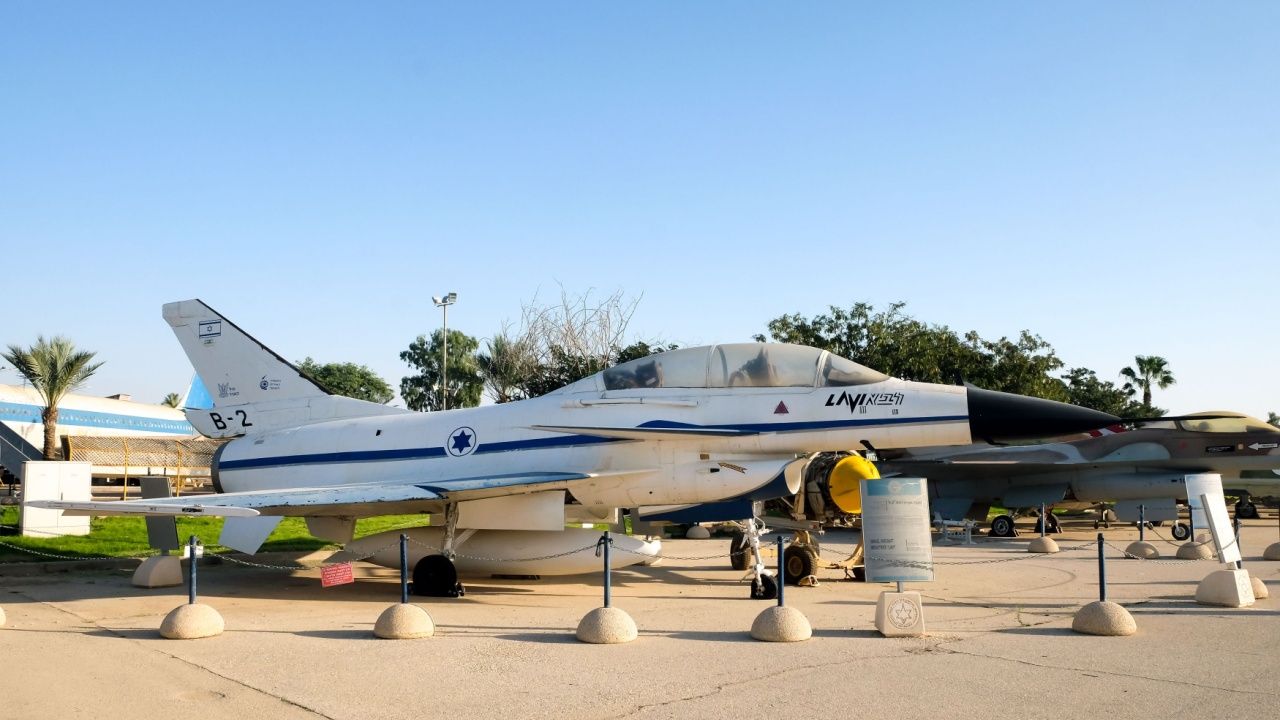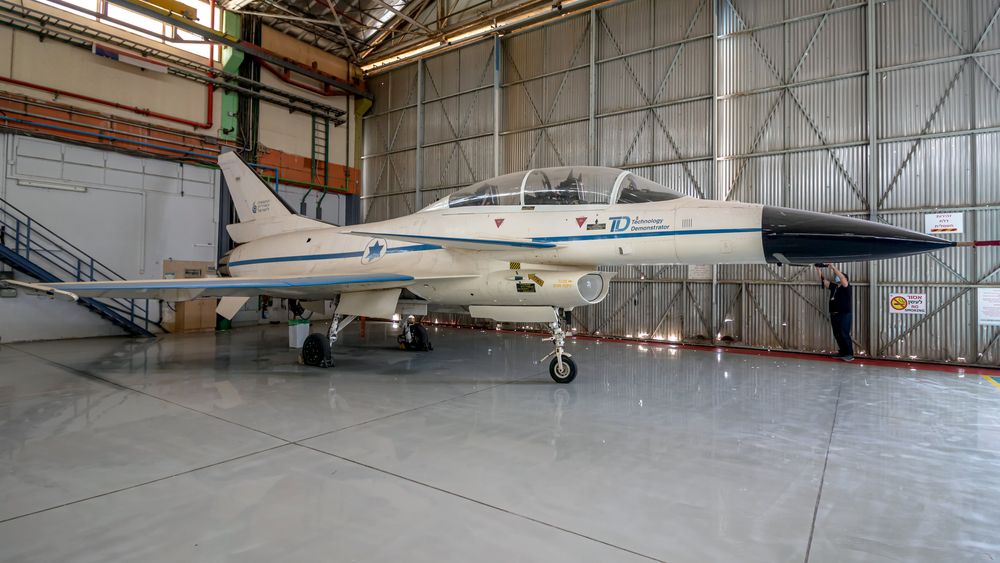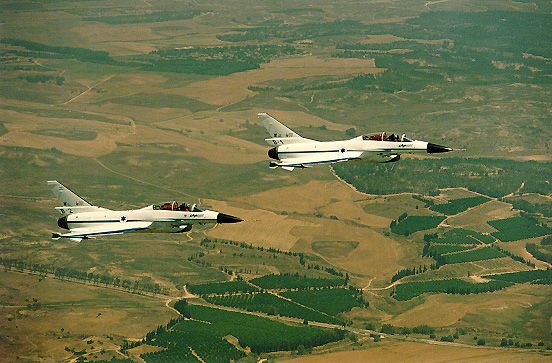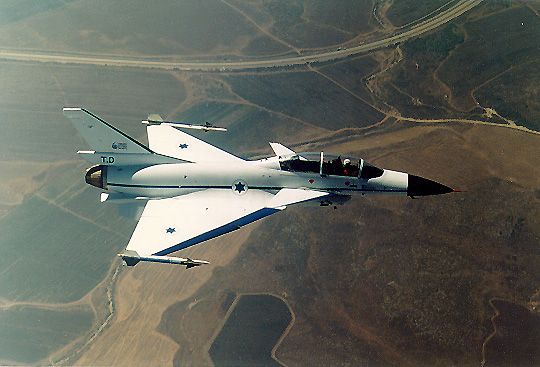Summary
- Israel developed the Lavi fighter jet in the 1980s, but the project was canceled due to the US withdrawal of funding and export restrictions.
- The Lavi was intended to replace the Kfir, F-4 Phantom II, and A-4 Skyhawks, with a goal of producing 300 aircraft.
- Despite the cancelation, Israel has continued to develop advanced military technology and remains a key player in air defense and drones.
Israel once developed its own fourth-generation fighter jet, the Lavi (which resembled the iconic American F-16 Fighting Falcon). The Israeli-made Lavi may have been at least equal to the F-16C/D in most departments and possibly even superior in certain areas. Israel benefited from having very combat-experienced pilots who knew exactly what they wanted out of a fighter.
Israel is famous for its high-tech military equipment and has become a world player in key areas such as air defense and drones. Israel has greatly emphasized developing a defense base that is as independent as practical. However, small countries always have limitations, and building a fighter jet is often a step too far.
Israel’s need for a domestic fighter jet
Israel has always needed fighter jets to survive. In the early days of the state of Israel, France was its primary military backer, and Israel relied on French combat aircraft to win the Six-Day War of 1967. However, soon, the French were angered at Israel and refused to deliver the 50 Dassault Mirage 5J jets Israel had paid for.
Photo: Davidi Vardi l Shutterstock
Israel then essentially reversed engineered the French Dassault Mirage 5 to produce the IAI Nesher and the more advanced IAI Kfir (these were not straight copies as the Israelis made a number of changes). The IAI Kfir is still flown by the Colombian and Sri Lankan Air Forces today.
|
Prototypes built: |
2 completed / 3 incomplete |
|
Power plant: |
1x Pratt & Whitney PW1120 |
|
Max speed: |
Mach 1.6 |
|
Service ceiling: |
50,000 feet |
|
Max take-off weight: |
42,499 lbs |
|
Role: |
multi-role fighter |
In 1979, Israel embarked on an ambitious project to build the Lavi (Young Lion) to replace the Kfir (Lion Cub), the F-4 Phantom II, and the aging A-4 Skyhawks. The program was officially launched in February 1980 to build a multi-role combat aircraft. The Lavi was intended primarily for close air support and battlefield air interdiction, with air defense as a secondary mission.
The projected Israeli demand for the jet was for up to 300 aircraft including 60 combat-capable two-seaters. According the Jewish Virtual Library, Israel had an ambitious goal of producing a total of twelve a month at the height of production. For comparison, Dassault only managed to produce 13 Rafales in 2023.
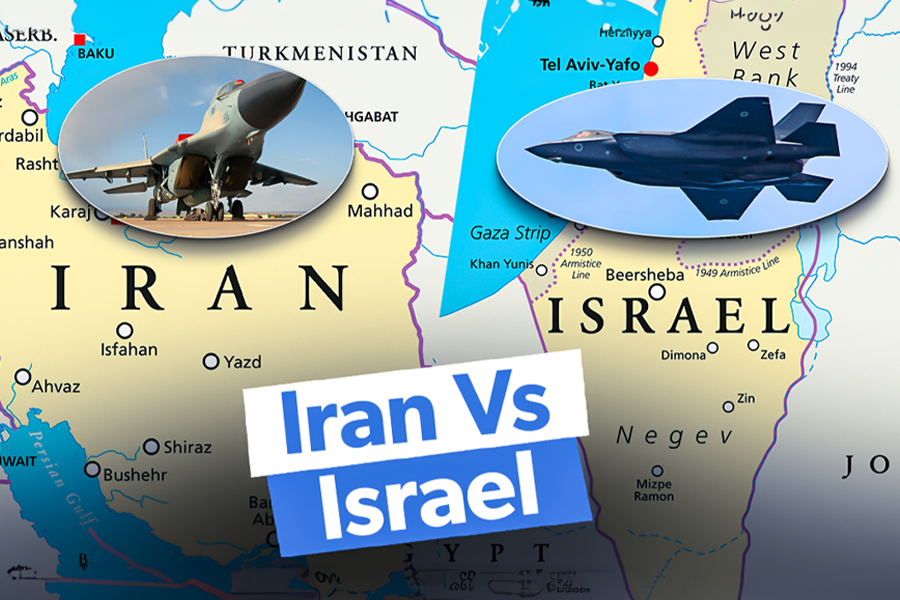
Related
Iran Vs Israel: How Do Their Air Force Capabilities Compare?
Both forces operate dozens of fighter jets.
Development of the Lavi fighter
Developing domestic fighter jets is mostly reserved for larger countries (even the Eurofighter was a pan-European project). Sweden stands out as a country with only 8 million people, and it developed the Saab Gripen fighter jet. Developing fighter jets takes enormous resources; a failed program can break a smaller country’s defense industry.
Very few countries (perhaps only the USA, France, Britain, Russia, and now maybe China) have the ability to develop and produce fighter jet engines. Israel has never belonged to that exclusive club, so the Lavi was to be powered by a Pratt & Whitney PW1120 turbofan engine. Initially, the lower-powered General Electric F404 turbofan had been selected.
|
Lavi fighter timeline |
|
|---|---|
|
Project announcement: |
1979 |
|
Full-scale development: |
1982 |
|
First flight: |
December 1986 |
|
Cancelation: |
August 1987 |
|
Planed in-service date: |
1992 |
The first full-scale development phase of the Lavi fighter began in 1982. As the project developed, more capabilities were added to the Lavi until it started to rival the F-16. A full-scale mock-up of the Lavi appeared in 1985 and flew in December 1986. A second Lavi prototype flew in March 1987. Together, these (two-seater) prototypes conducted more than 80 test flights. Deliveries for the first aircraft were planned for 1990, and initial operational capability was planned for 1992.
The Jewish Virtual Library says “The two prototypes had flown at speeds from 204 km/h up to Mach 1.45 at 23o angle of attack. Much systems, including the digital flight control, were tested within this envelope.”
However, in August 1987, the program was canceled, sending shockwaves through the Israeli defense industry. The program’s cost was relatively low because it extensively used existing technology.
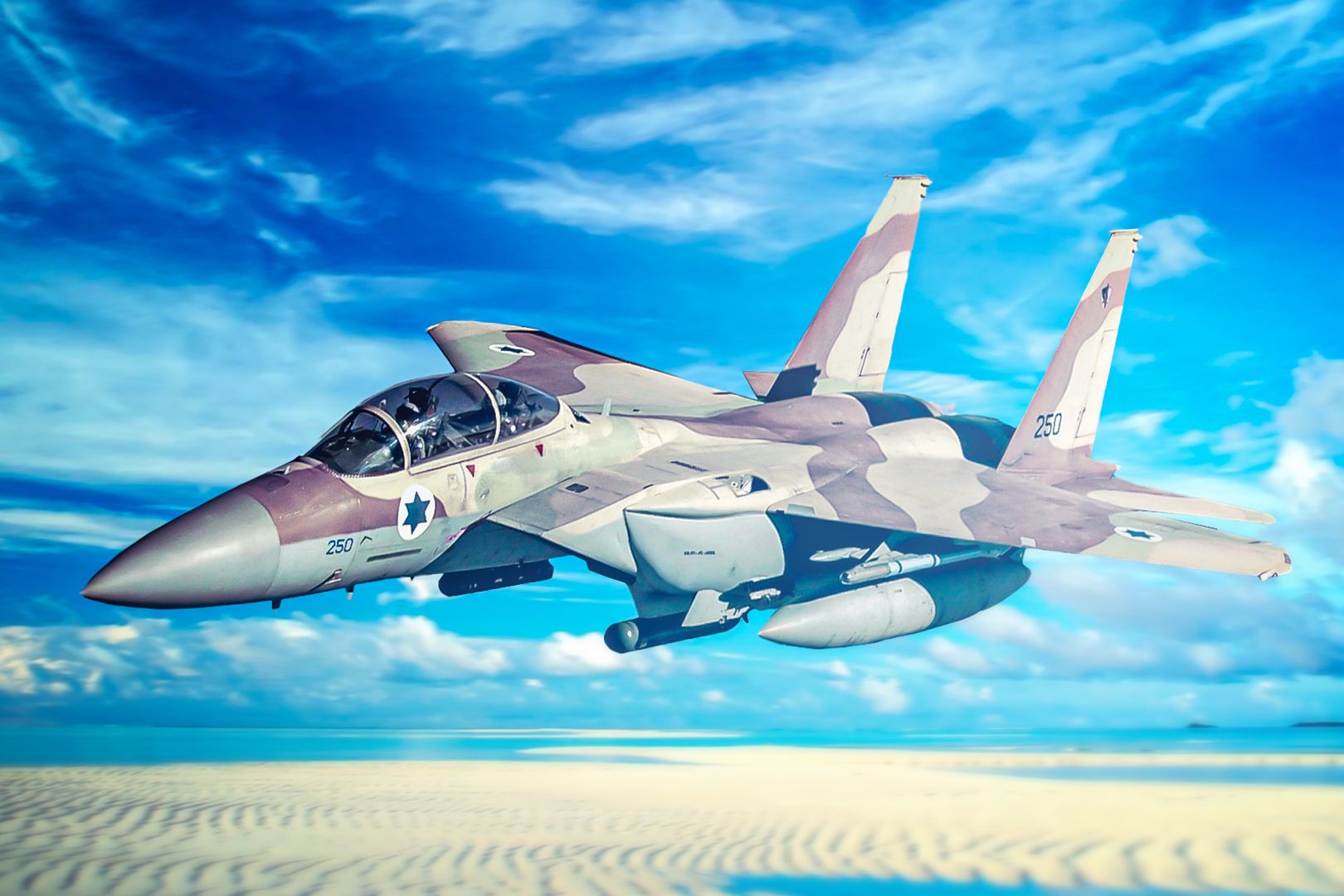
Related
The Top 5 Fighter Jets In The Israeli Air Force
These are some of the world’s best fighters.
US withdrawal & cancelation
The United States government paid for around 40% of the development and production costs. But this was part of the problem; the US didn’t want an aircraft that could compete with its own F-16 and F/A-18 fighters on the export market, so it started to refuse export licenses for essential parts.
Israel had planned to export the aircraft to countries like South Africa, Chile, and Taiwan. Later, it assured the US that it would not be exported. Even so, the US eventually withdrew funding for the project.
Causes of cancelation:
- US withholding export licenses
- US withdrawing funding
- Israeli economic depression
Without US support, Israel couldn’t finance the project. Israel’s economic depression in the mid-1980s also contributed to its cancelation. The vote to cancel the project was close and controversial, with the vote going down the wire at 12 to 11. The US then offered its own aircraft replacements, including the A-10A, AH-64A, AV-8B, F-15I, F-16C/D, and UH-60A. Israel eventually ordered 30 F-16C Block 40s and 30 F-16D Block 40s.
Today, the Lavi’s national memory is a mixture of pride and sadness. The Israeli Air Force now only purchases US fighter jets and has recently ordered more F-35A and F-15EXs from the United States. Israel is seen as having the region’s most technologically advanced air force. Israel has been able to apply some of the technology developed in Lavi to other platforms.

